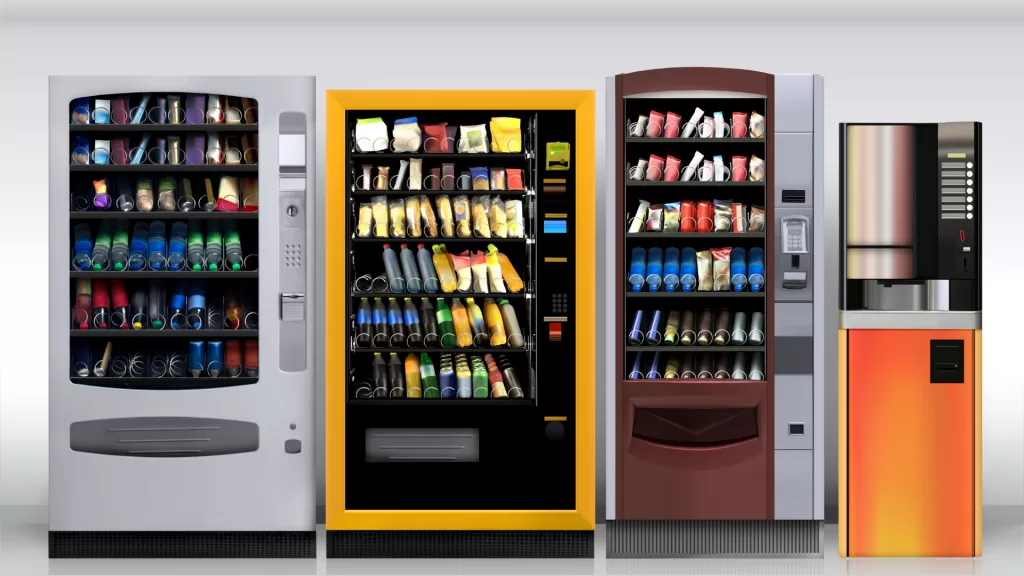Written by: Carlos Escudero
Reading Time: 2 minutes
In today's world, sustainability has become a pressing concern for individuals, businesses, and governments alike.
However, there exists a significant gap between what people believe to be impactful actions for reducing greenhouse gas emissions and what is actually true. This blog explores the concept of the "believe-true gap" in sustainability and highlights the importance of education, clear communication, and co-benefits in driving behavior change.
The Sustainability Say-Do Gap:
The sustainability "say-do gap" refers to the disconnect between what individuals say they will do to support sustainability and what they actually do. Conventional discussions often focus on individual behavior change, but this oversimplifies the barriers and drivers to public engagement. One of the biggest obstacles to public support in the sustainability space is knowledge and understanding. Many people believe they understand what actions they need to take to reduce their carbon emissions, but scientific data suggests otherwise.
Misconceptions and Impactful Actions:
Global citizens tend to overestimate the impact of low-impact changes like recycling while underestimating high-impact changes like living car-free or adopting a vegan diet. For example, recycling is often seen as the most impactful action, but it is actually the least impactful among the options presented. This highlights the need for education and clear communication to bridge the believe-true gap and promote more effective actions.
Positioning Sustainability as a Co-Benefit:
To drive behavior change, sustainability should be positioned as a co-benefit alongside other factors that matter to individuals, such as saving money, time, or improving health. People are more likely to embrace sustainable choices when they perceive additional benefits beyond just being environmentally friendly. Businesses and governments should focus on integrating sustainability into products, offers, and business models, making it an integral part of the decision-making process.
The Role of Education and Communication:
Transparent communication and genuine leadership play a crucial role in bridging the believe-true gap. Governments, brands, and businesses should work collaboratively to lead and communicate priorities, providing clear information about the rationale behind sustainable choices and the changes needed from the public. Educating individuals about the impact, urgency, and most impactful actions to take can empower them to make informed decisions and contribute to a more sustainable future.
Conclusion:
Bridging the believe-true gap in sustainability requires a multifaceted approach that combines education, clear communication, and the integration of sustainability as a co-benefit. By understanding misconceptions and focusing on impactful actions, businesses and governments can drive behavior change and make a positive impact on the environment. Let us work together to close the gap and create a more sustainable and prosperous future for all.
For more information on how can we help you contribute to sustainability with our service offering contact us at ninja@kitchennationmx.com or through our website www.kitchennationmx.com
Carlos Escudero
SmartHub



